Latest
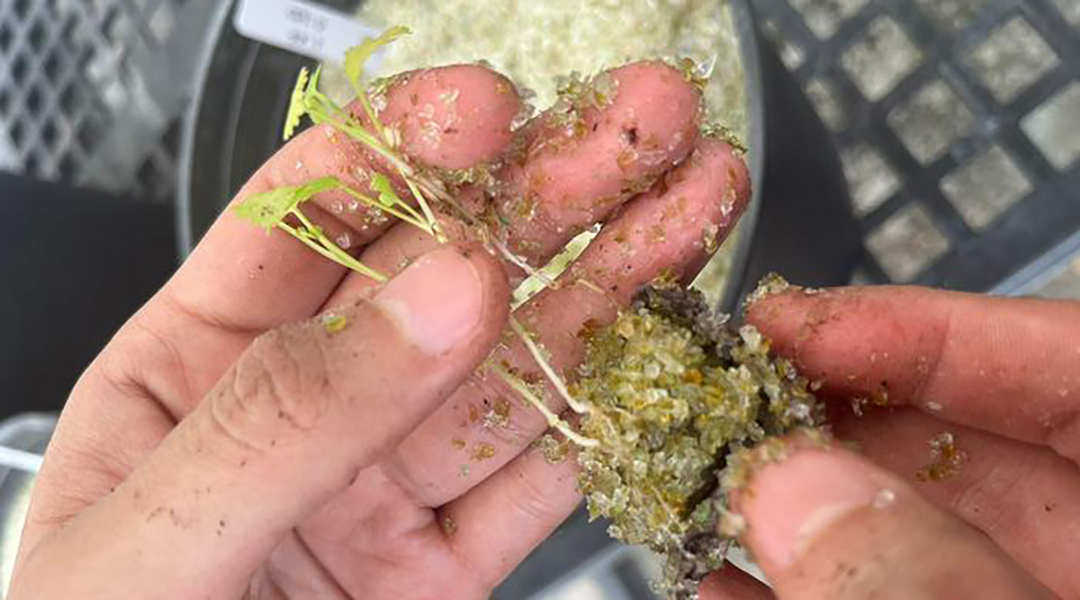
Crushed glass replaces soil in this innovative approach to sustainable agriculture
Pilot study explores how recycled glass is being used to grow salsa ingredients, protect coastlines, and safeguard the future of farming.
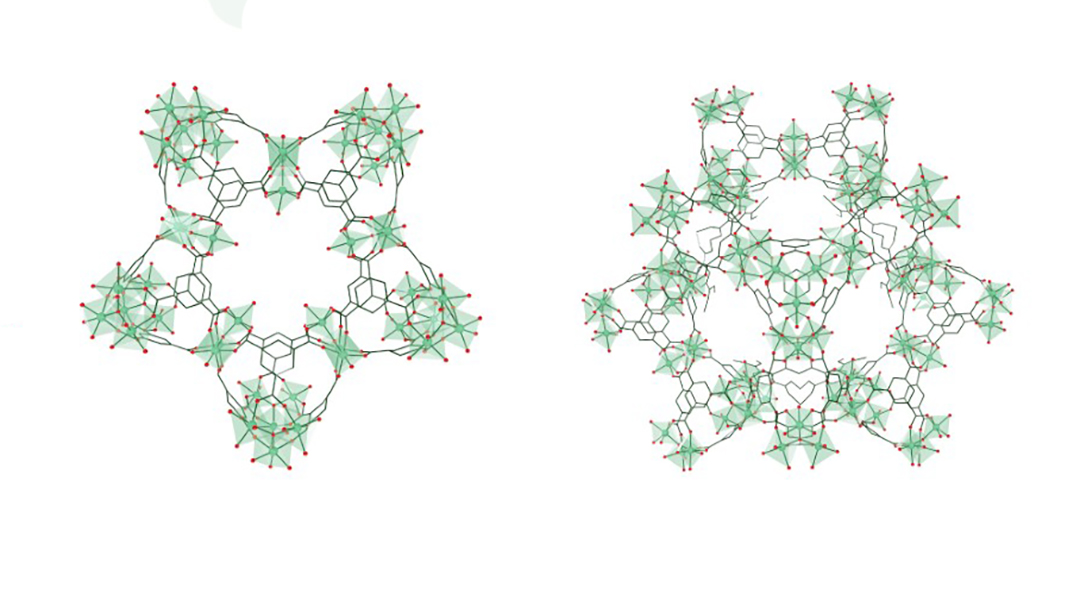
Catalyst removes NOx pollutants at room temperature
A new material converts NOx environmental pollutants into harmless byproducts without the need for any heat.
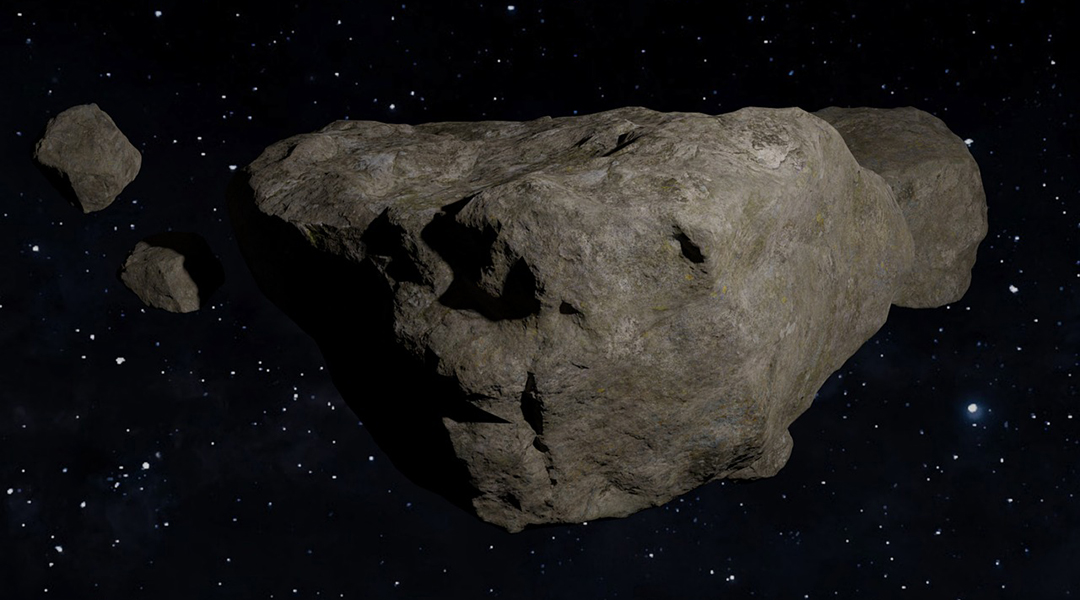
James Webb Telescope uncovers possible water on Psyche’s surface
Data gathered about the M-class asteroid challenges earlier assumptions that it is unaltered planetary core.

Warming Mars’ atmosphere with nanoparticles
Engineering mineral rich dust and releasing it as an aerosol could warm the planet and kickstart the thickening of the atmosphere.
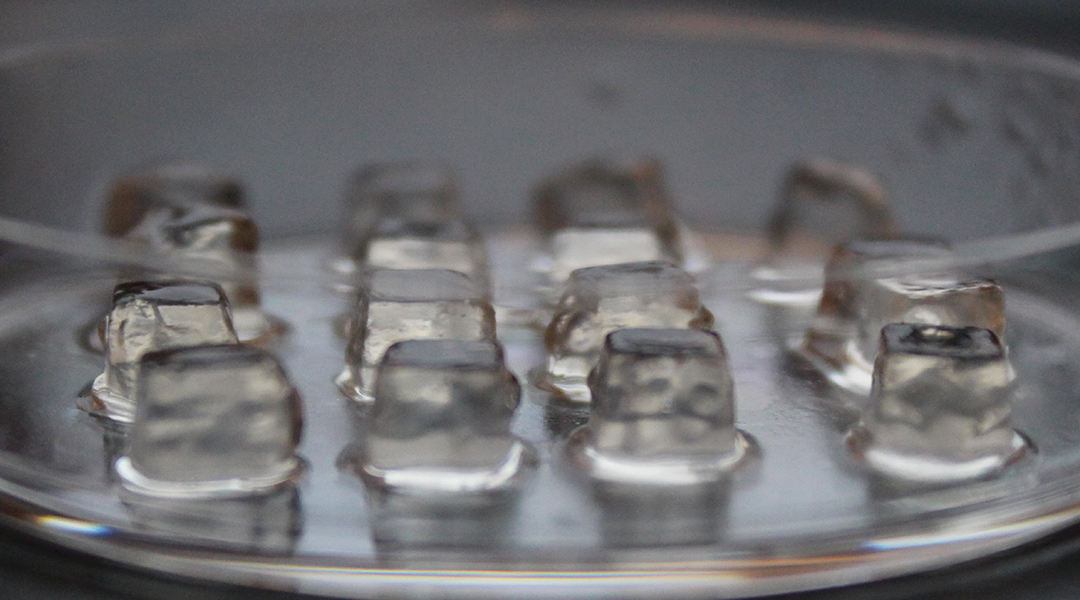
Better organoids mean better brain models
Mimicking one of the body’s most complex organs isn’t easy, but researchers are making progress.
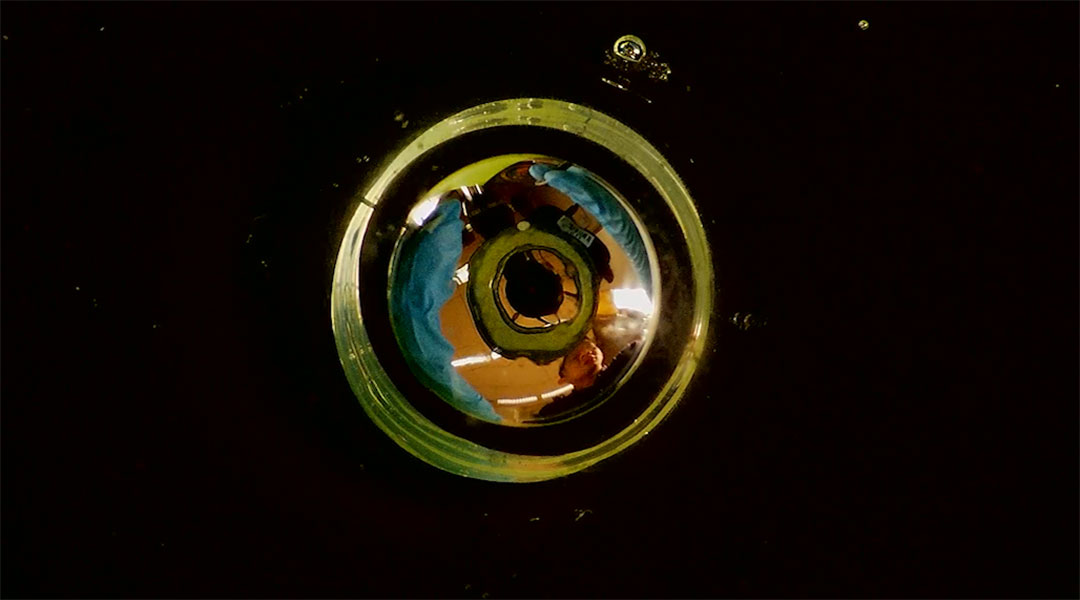
Liquid metal memory
Turns out, liquid metals offer an unconventional approach to creating fully flexible memory storage devices inspired by the brain.
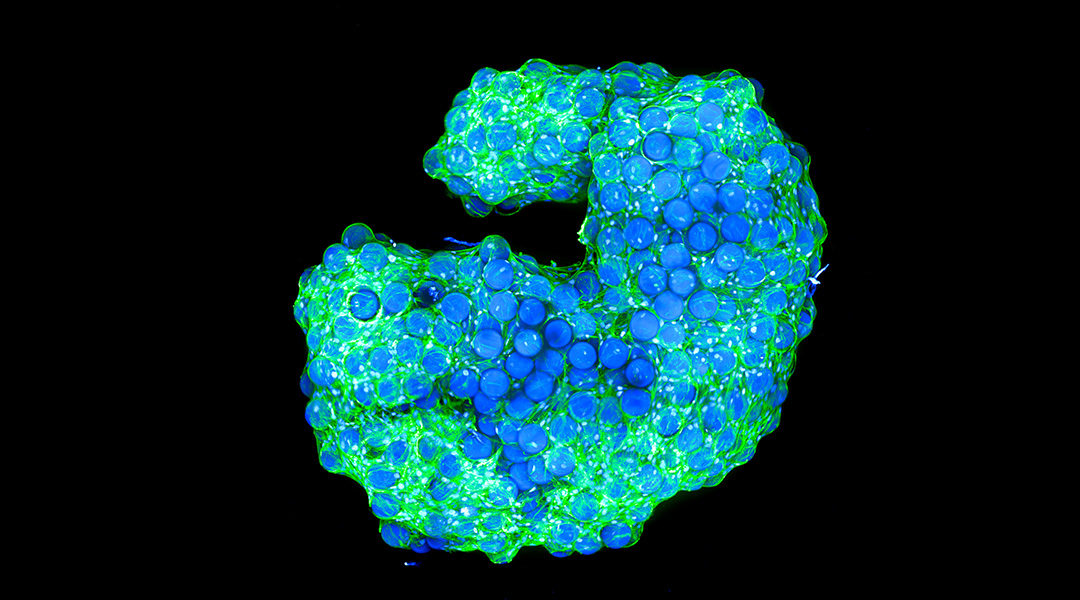
Cellular architects “build their own houses”
Scientists have created biological structures that when left alone, self-assemble into materials that resemble living tissue.
ASN Weekly
Sign up for our weekly newsletter and receive the latest science news directly to your inbox.
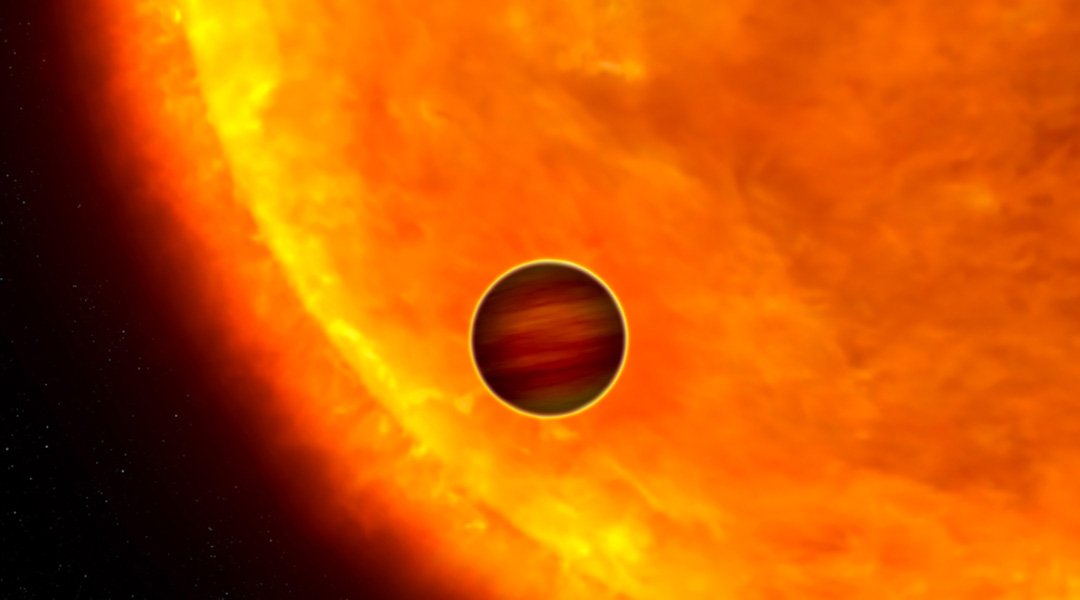
A doomed alien planet has a 16-hour orbit around its star
TOI-2109b is the second hottest exoplanet discovered so far, with a year lasting just 16 hours.
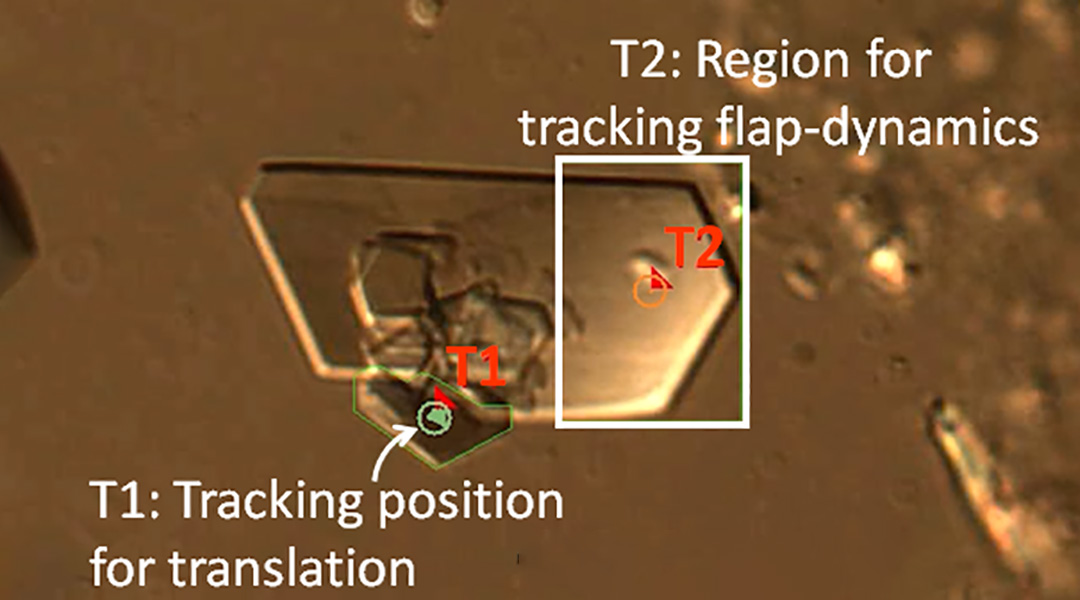
Microcrystal robots that swim in water
Synthesized microrobots capable of converting their mechanical motion into a means of self-propulsion.
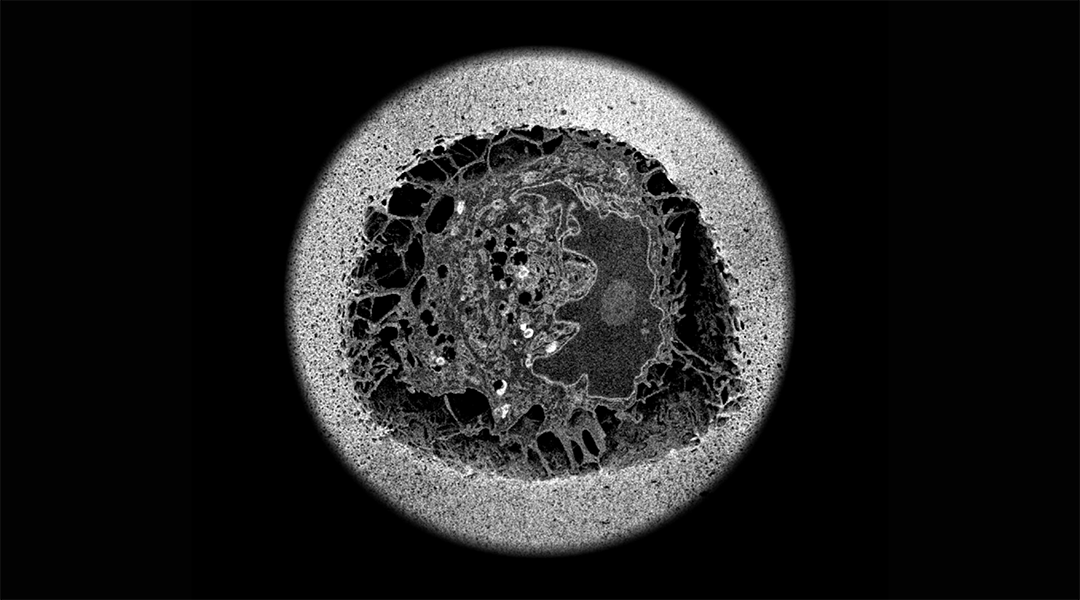
An alternative to adhesives helps cells better interact with their environment
A natural chemical tether helps researchers attach cells to inert biomaterials for better cell models and therapies.
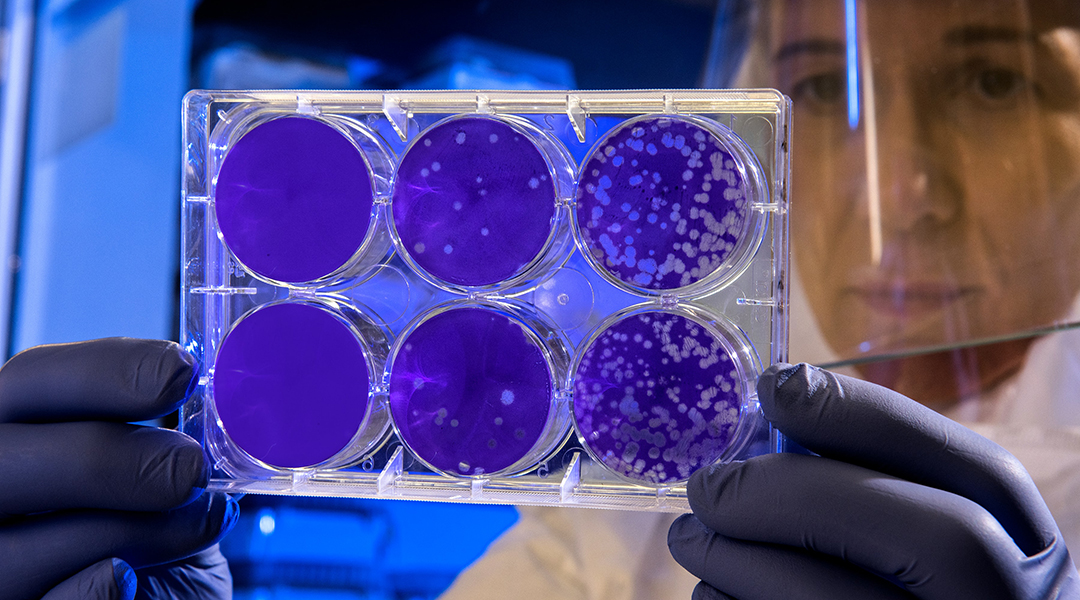
How can bacteria “robots” improve cancer therapy?
Living machines made from drug-carrying bacteria target tumors to improve the effectiveness and safety of chemotherapies.
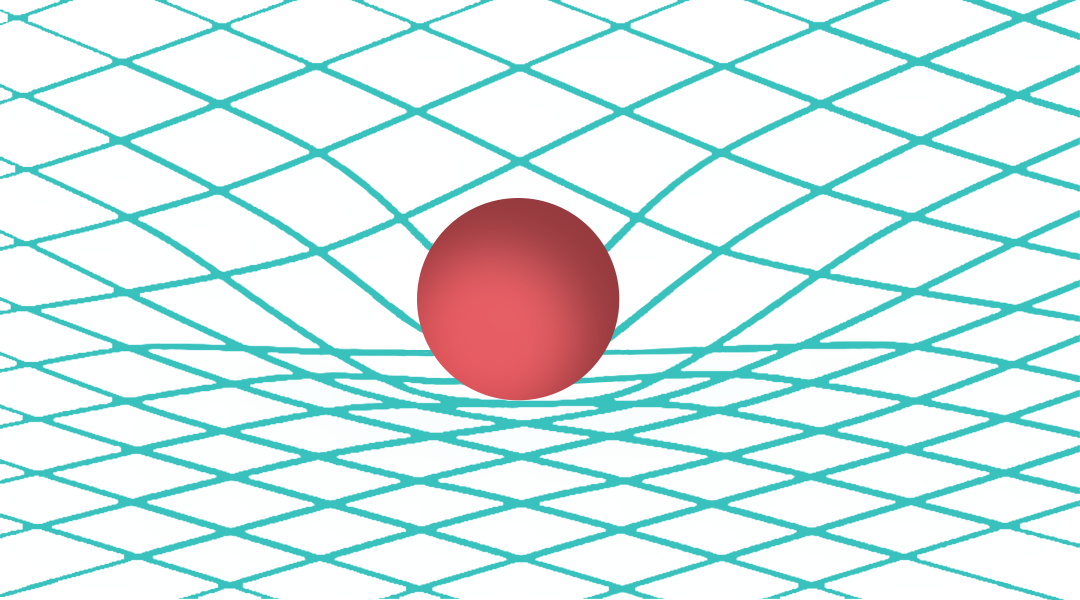
What is a black hole?
Regions of spacetime where gravity is so strong that nothing, not even light, can escape!

Tiny, anti-inflammatory nanomotors to treat rheumatoid arthritis
Chemically driven nanomotors may help resolve chronic inflammation in patients with rheumatoid arthritis.
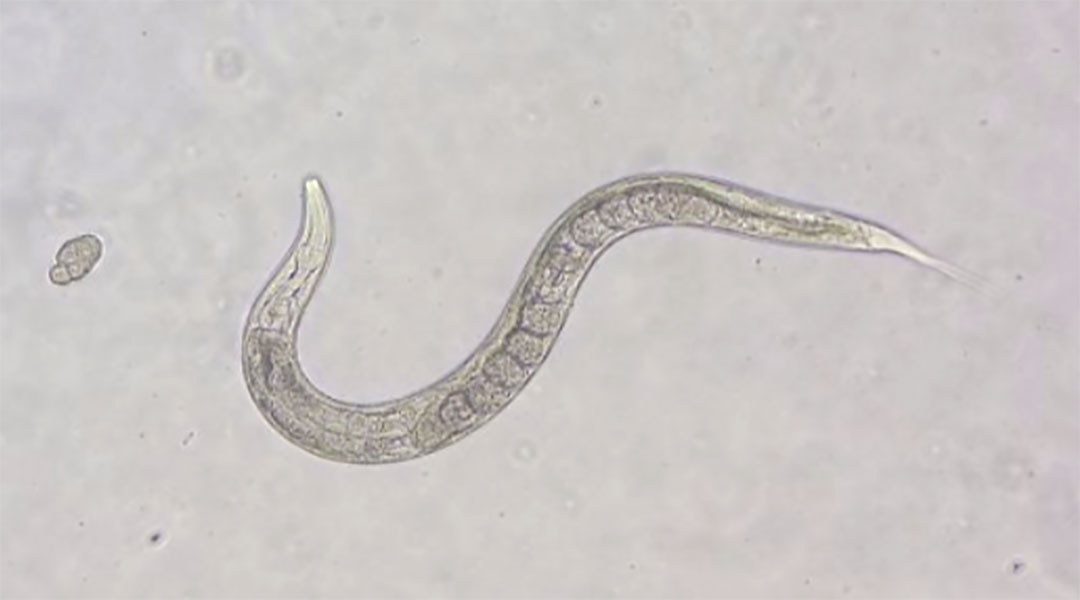
Biobots made from roundworms
Scientists are turning to C. elegans for biobot designs, guiding their movement through reconfigurable microtopographies.

Automation enables modular synthesis of new molecules for lasers
An automated synthesis platform called Chemspeed reduces time and labor when searching for organic molecules as gain mediums in lasers.

General relativity may need tweaking on the grand scale of the Universe
Conflict between theory and observational evidence suggests a missing ingredient in our understanding of the early Universe.
No Results Found
The page you requested could not be found. Try refining your search, or use the navigation above to locate the post.
No Results Found
The page you requested could not be found. Try refining your search, or use the navigation above to locate the post.
No Results Found
The page you requested could not be found. Try refining your search, or use the navigation above to locate the post.
No Results Found
The page you requested could not be found. Try refining your search, or use the navigation above to locate the post.
No Results Found
The page you requested could not be found. Try refining your search, or use the navigation above to locate the post.

Keeping HIV at bay without antiviral drugs
A rare group of patients have been found to maintain a very low viral load and a functional immune system after stopping antiviral treatment.
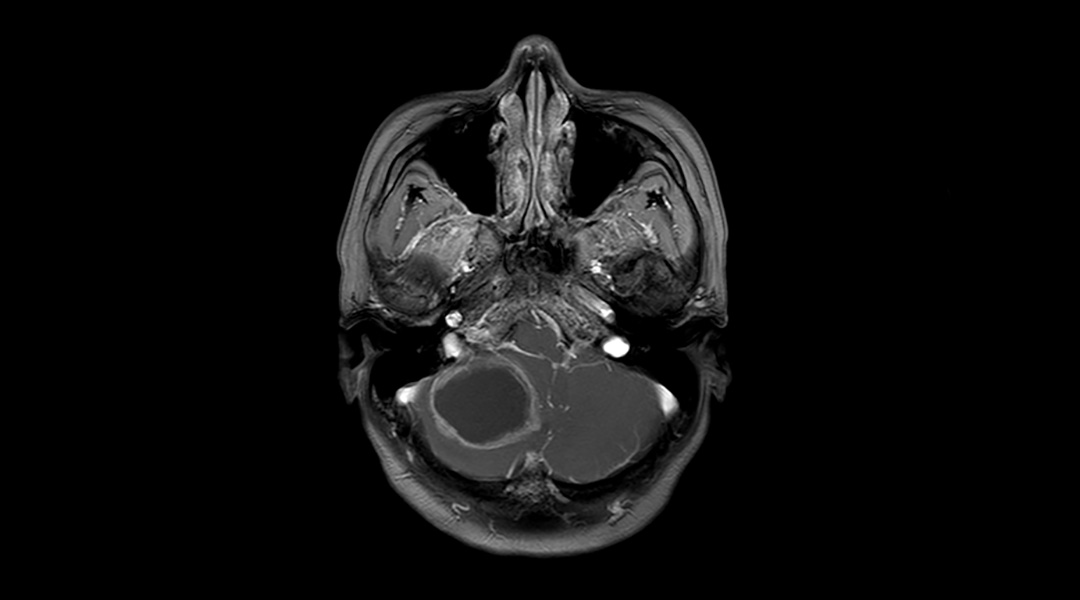
Using bacterial infections to help treat brain tumors
Inspired by brain-invading bacteria, researchers have created nanocapsules that covertly shuttle drugs across the blood–brain barrier.

Bio-inspired device mimics natural hearing to outshine cochlear implants
Mimicking a part of the inner ear, a specialized hearing device converts vibrations into nerve signals without needing a battery.
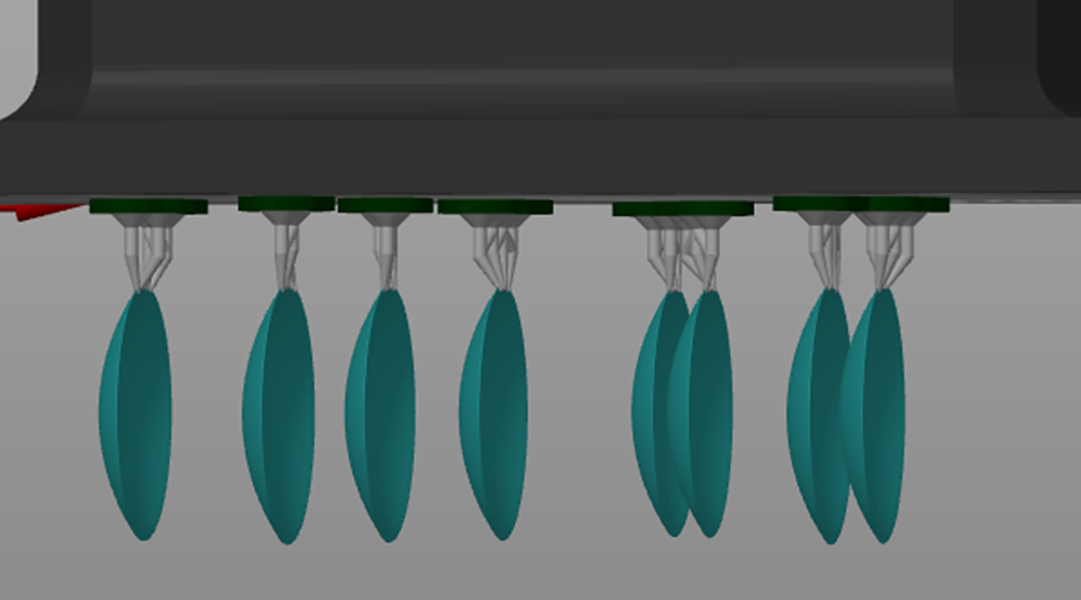
Low-cost contact lenses to tackle color blindness
Scientists used 3D printing and an inexpensive ink to make colored contact lenses that could improve color distinction in color-blind people.
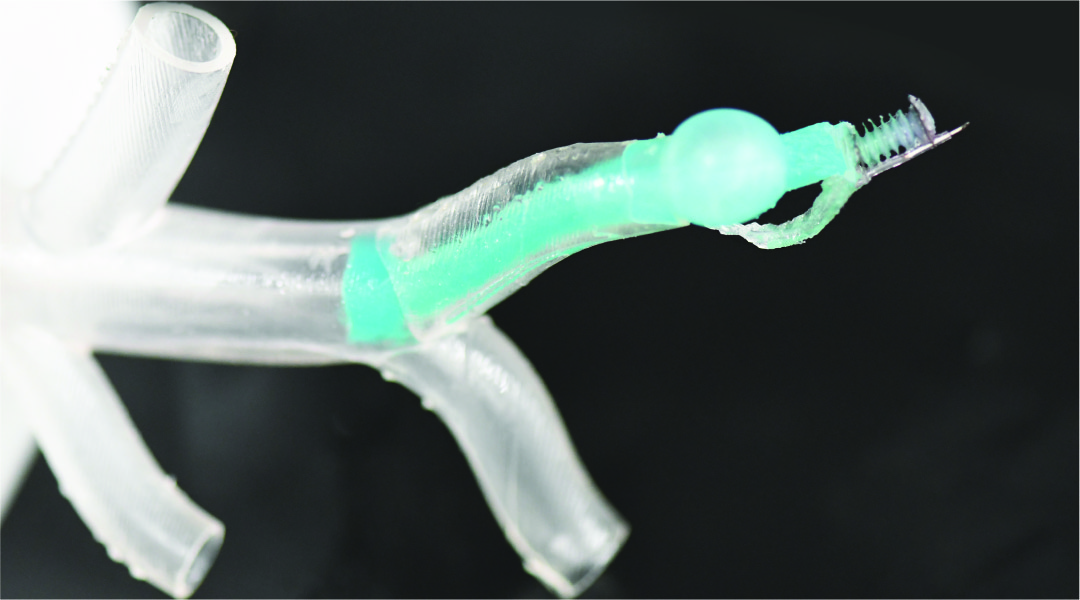
A miniature robot for diagnosing lung cancer
This tiny soft robot can be steered through the branches of the lungs without causing damage for safer diagnosis.
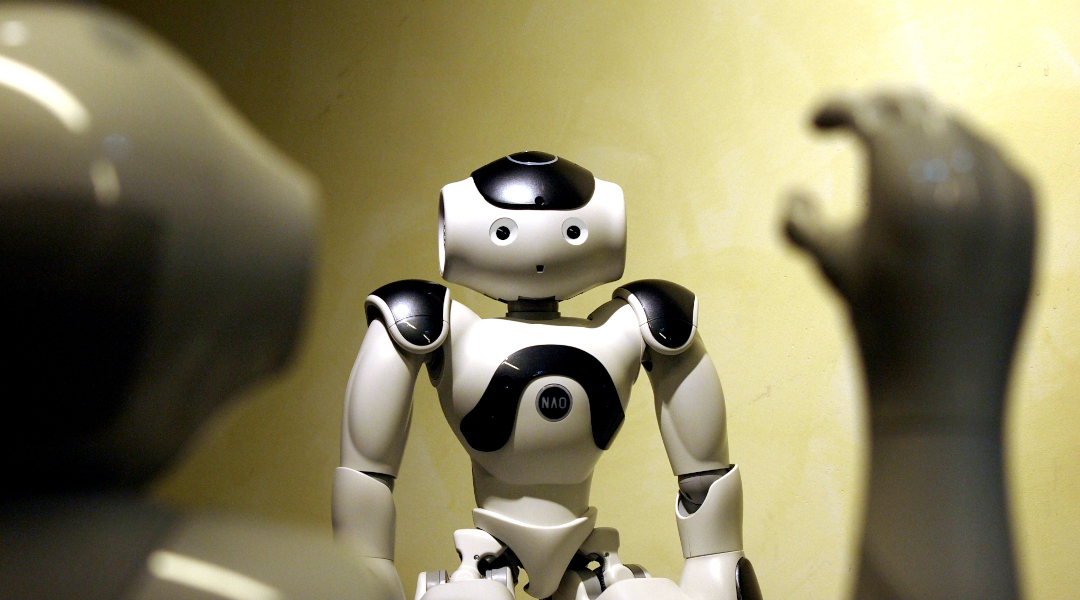
Bio-inspired robotic eyes that better estimate motion
Event cameras mimic the human eye to allow robots to navigate their environment, and a new approach helps minimize computational costs.
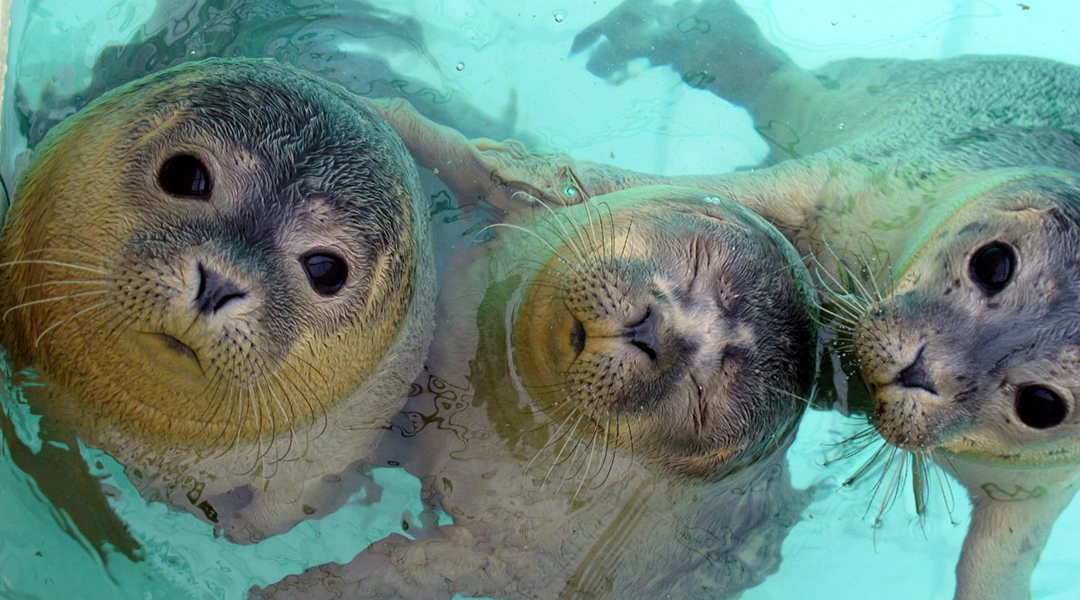
How “wavy” whiskers help seals detect faraway prey
Recreating the bead-like structure of seal whiskers grants scientists insight into new underwater technologies.
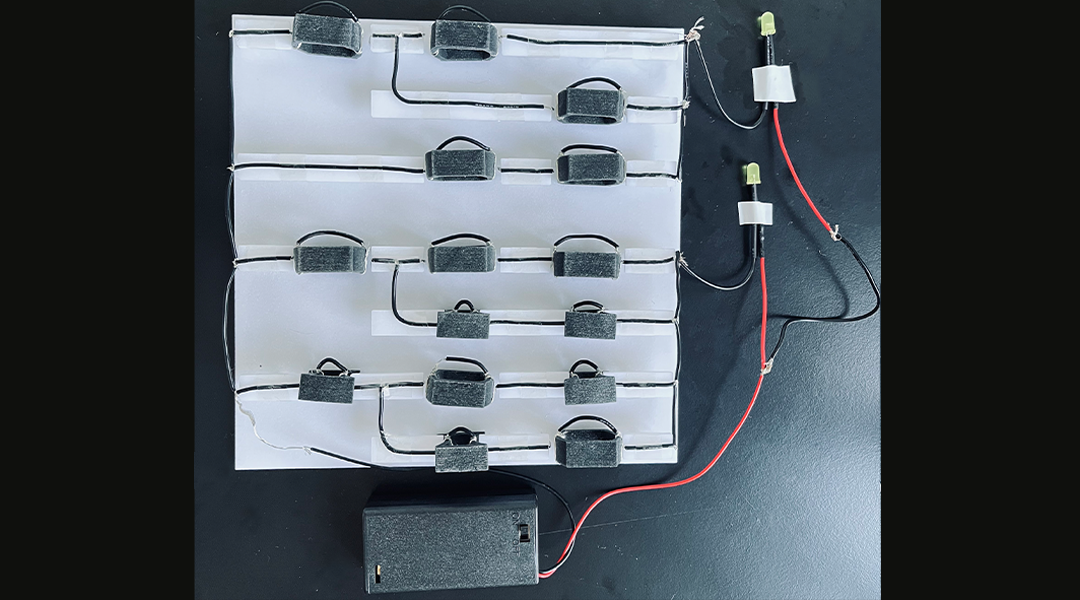
Reviving mechanical computers for use in extreme environments
Putting a modern spin on old tech, scientists create a mechanical computer from metamaterials for situations where electronic computers break down.
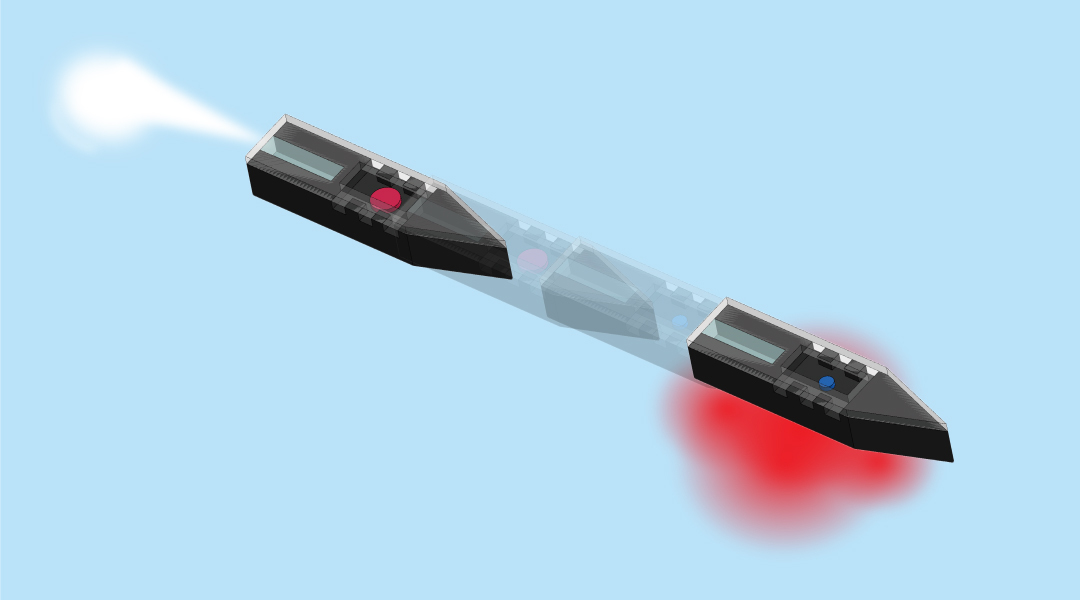
Color-changing microrobots help monitor the environment
Using stimuli-responsive hydrogels with regularly arranged colloidal particles, researchers create color-changing microrobots that can freely explore and gather information.
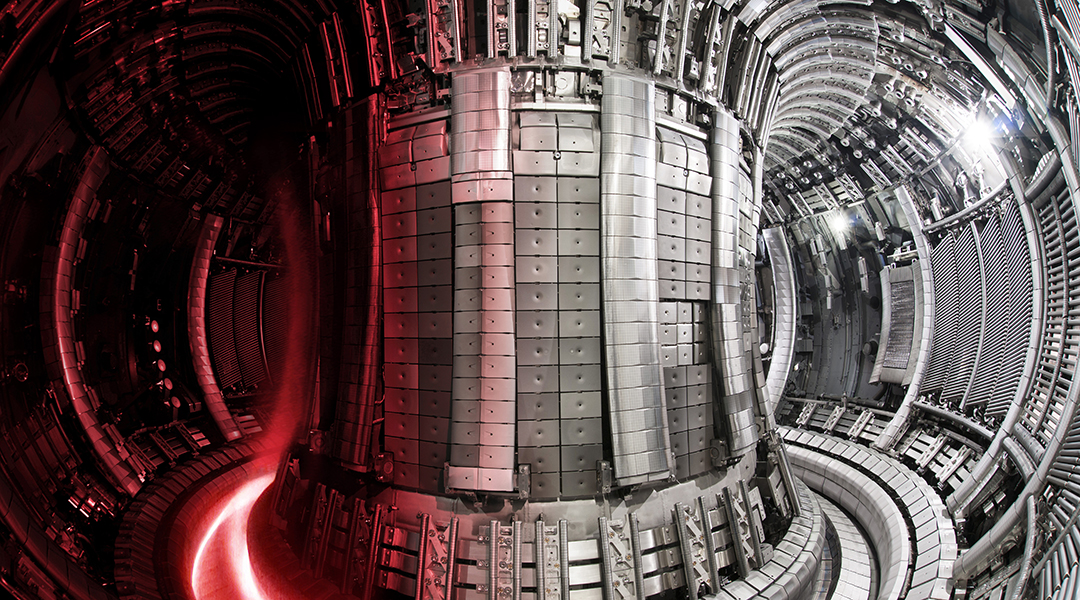
Nuclear fusion record broken by UK scientists
In a major breakthrough, scientists have demonstrated sustained nuclear fusion energy, providing hope for future large-scale projects.

Inspiring climate action by linking social and environmental change
We will not solve the climate crisis and inspire action without generating a shared emotional response to our changing world.

Where did all of Earth’s water come from?
A new study identifies that magnesium hydrosilicate, a compound present during the Earth’s formation, may be responsible for our planet’s abundant water.
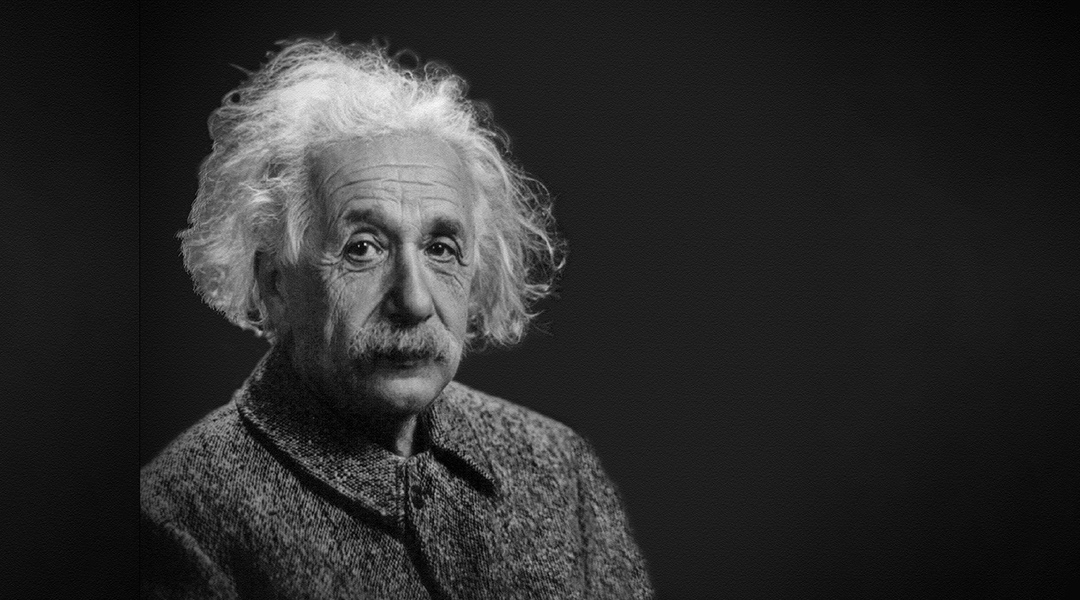
The dramatic story behind general relativity’s Nobel Prize snub
More than 100 years on after Einstein’s 1921 Nobel Prize, some confusion remains around the committee’s reasons for omitting relativity.

The curious case of a star-forming ring in the NGC 3182 galaxy
An unexpected finding in the heart of the NGC 3182 galaxy led to an intriguing search for the origins of a ring of star-forming gas.
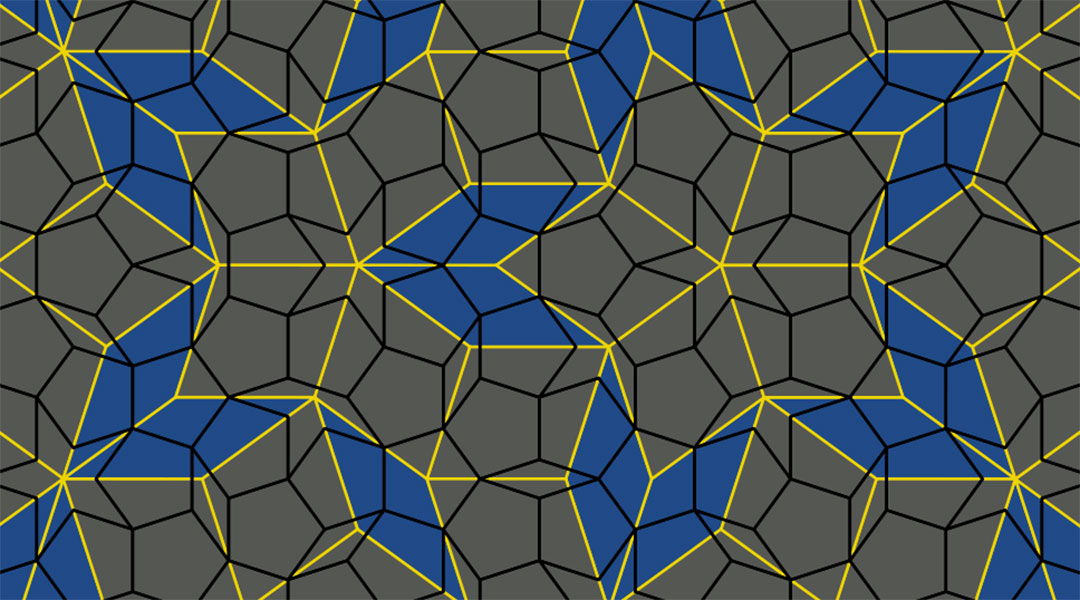
Quantum bits that exist in two time dimensions
Extra time dimensions provide scientists with a new way to think about phases of matter for more stable qubits and robust quantum computers.
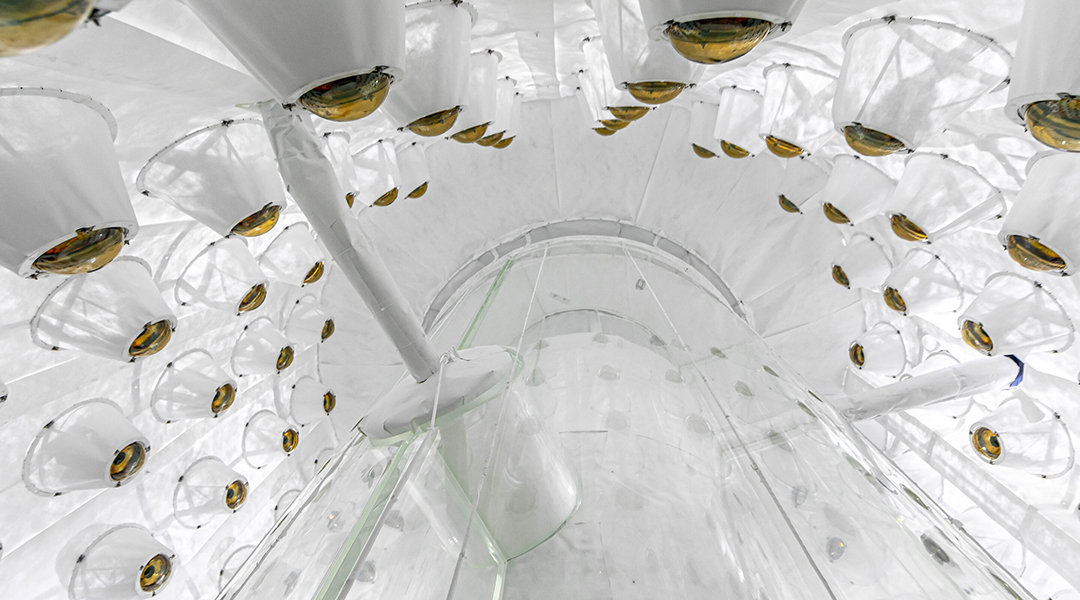
World’s most advanced detector ready to shed light on dark matter
The LUX-ZEPLIN detector is now operational and ready to capture weakly interacting particles believed to be the constituents of dark matter.



